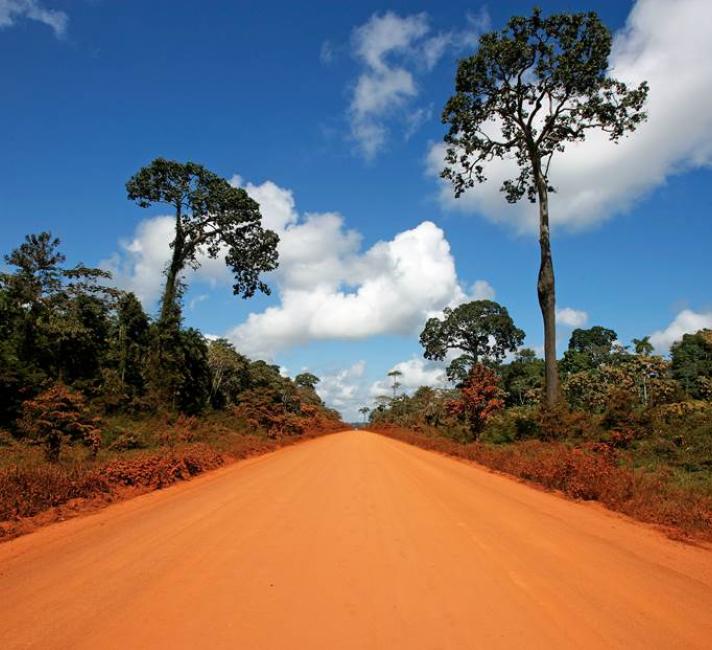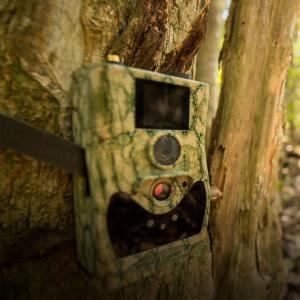
Blog: The Future of Conservation Intelligence
What is the next step for conservation intelligence?
What is the next step for conservation intelligence?
The pressure that our natural world is under is enormous. Wildlife populations around the globe are in rapid decline, while extinction rates continue to surge. Not only is our inherited wealth of biodiversity at risk, but human wellbeing too is becoming increasingly endangered.
Part of the problem facing conservationists in meeting these challenges is how to effectively assess the impact of human activities across the globe to inform action. Traditionally, the information on development threats and human activities – such as agriculture, oil and gas concessions, fishing and deforestation – was obtained through static evidence pieces. Reports and academic publications would examine the extent of some specific human activity on some area of the environment.
But in an ever-changing world, more complex and fast-changing than ever, this approach is less valid. Delayed academic releases mean that reports can often be as much as six months out of date by the time they’re published. Even more problematic is that, save for a large change in data, media outlets and publishers have little interest in repeating the same study next month or next year. Typically, then, a conservationist’s understanding on global human impact is through a patchwork of assessments, with no comparable results or integrated formats, different lenses methodologies, spatial and temporal scales and often using different datasets.
Fortunately for the conservation sector, understanding these threats has never looked more possible. Dramatic improvements in earth observation satellite and airborne data have taken place over the past decade. The availability of open datasets has opened up our knowledge of threats more than ever, on areas from deforestation to illegal fishing, extractives to agricultural expansion. Rather than reactively responding to threats when it’s too late, it is now possible to monitor emerging and proposed developments as they happen, and to counter them effectively.
 Learn about our conservation technology
Learn about our conservation technology
 Wildlife conservation in the Amazon
Wildlife conservation in the Amazon
 Our work on sustainable finance
Our work on sustainable finance